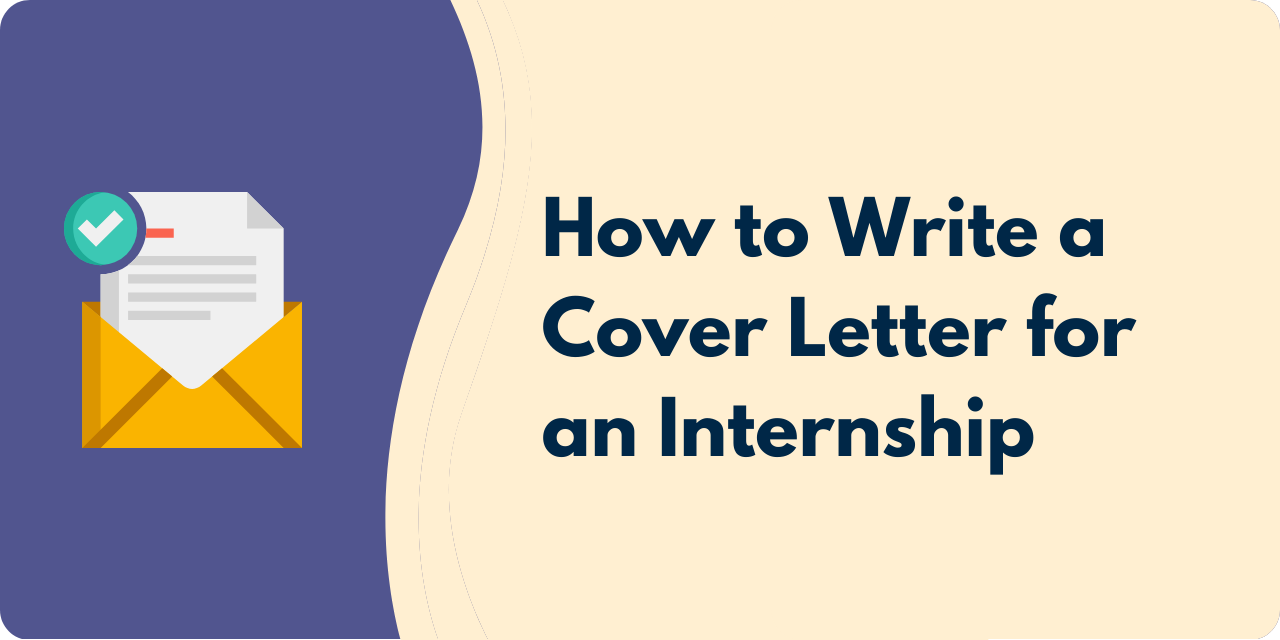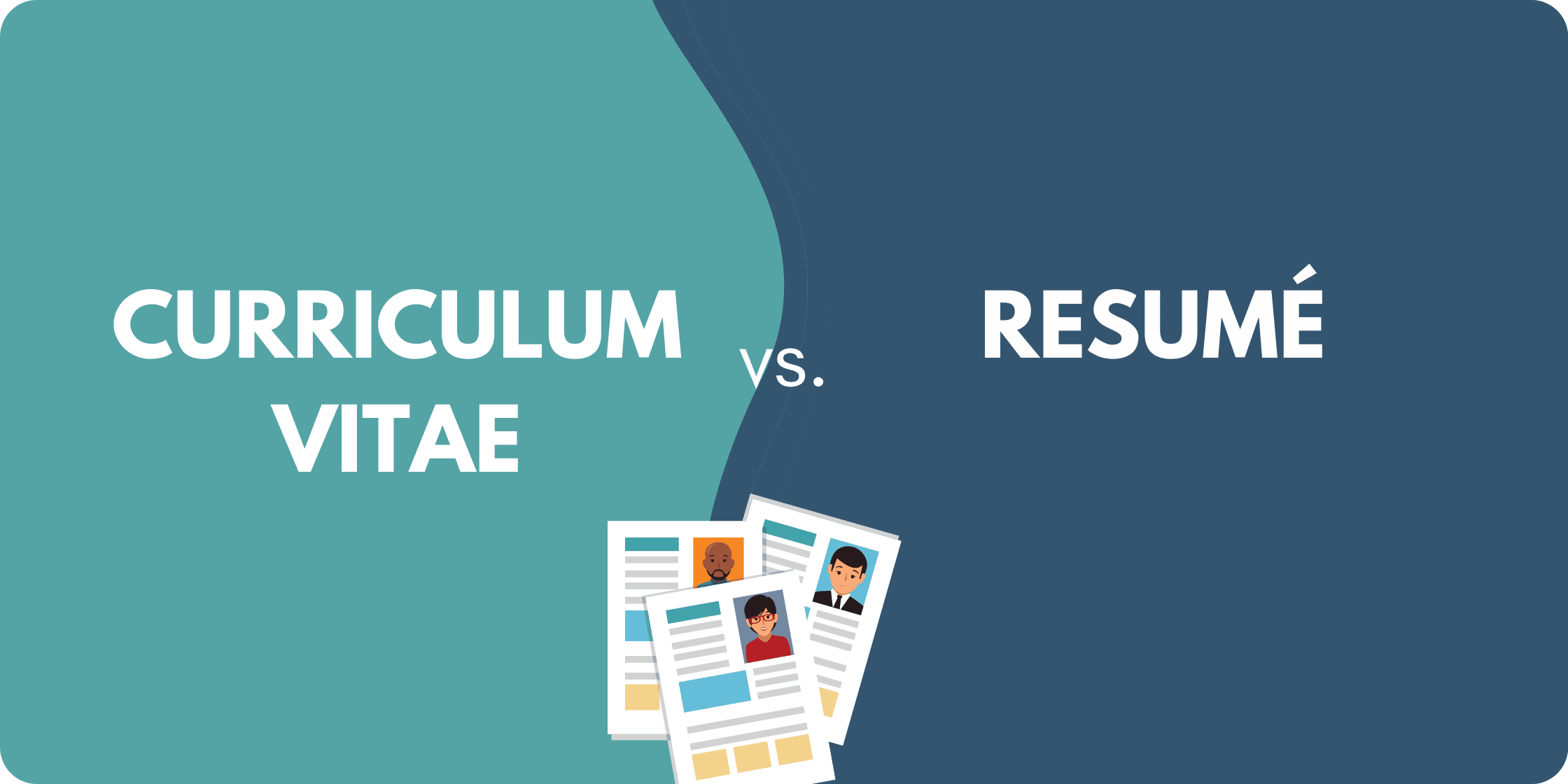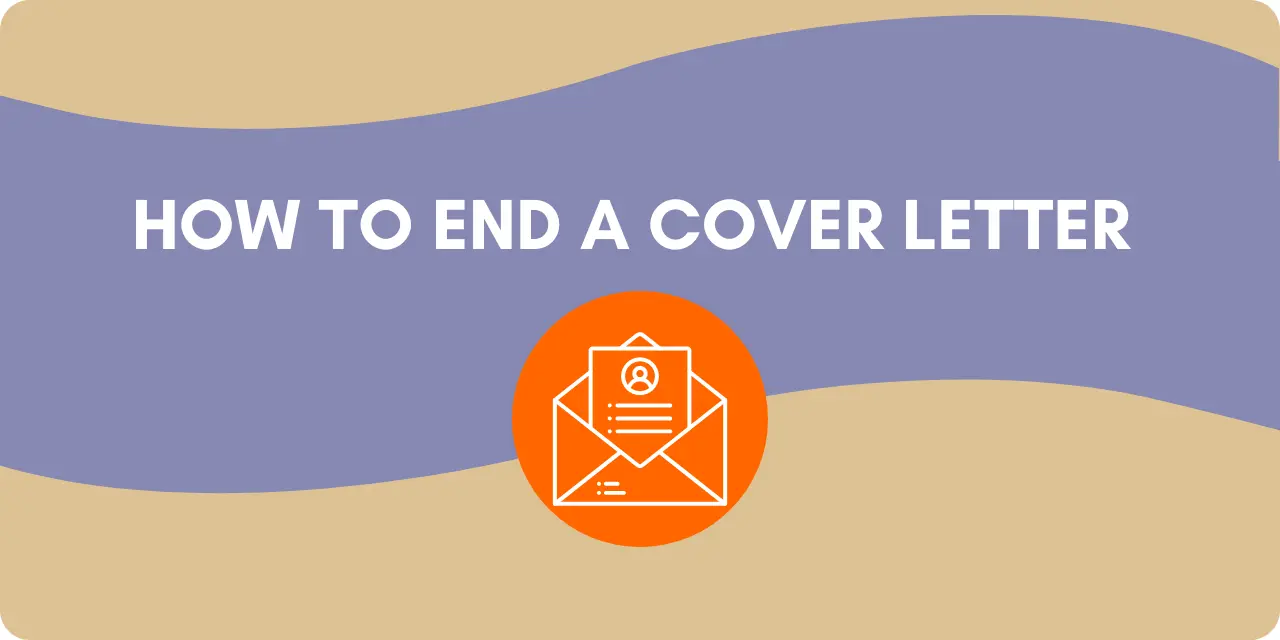Learning how to draft a Letter of Intent (LOI) and outline your terms is essential to developing a business mindset. These letters are common for new graduates and job seekers alike, but how do you summarize your intentions accurately and concisely in an LOI?
We’ll help you understand the most important rules for crafting an LOI to outline your experiences and express interest in the company.
What Is a Letter of Intent?
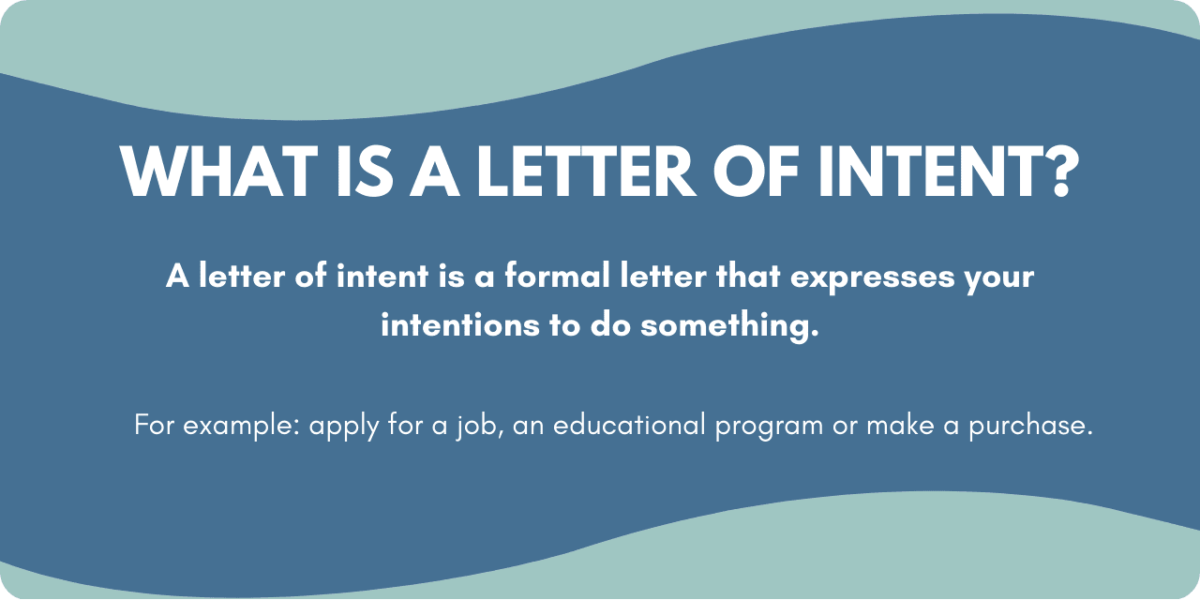
Letters of Intent are helpful in business dealings to outline each party’s intentions, the transaction’s goal, and any provisions in place before a deal is officially confirmed.
An LOI is not just used in the business sector, though. Parents could write one to outline their expectations for their children should they both pass away unexpectedly. While not legally binding, family court judges will consider LOIs of this sort when making decisions regarding those children.
For a lot of people, an LOI is used to express interest in a job, much like a cover letter, to outline their skills and expertise and their interest in working for the employer. These types of letters are also known as letters of interest.
Letters of intent are helpful for job applicants who are applying for a job that doesn’t have a glaring “Now Hiring” sign outside their front door and is a good idea for new graduates to start drawing interest in their capabilities.
“Ask, and you shall receive” is the motto of the business world. If you advertise your skills and experience and build a business network, you set yourself up to find the best job. Don’t be deterred if a company is not hiring and realize you may need to send out dozens of LOIs before you get a nibble; this is just part of the game.
After all, if a company currently has no vacancies, it takes the hiring manager two minutes to respond courteously, “Thank you for your application, but we are not accepting new candidates at this time.” In other words, don’t feel anxious that you may be wasting a company’s time with your LOI inquiry.
The more LOIs you write, the more likely you are to strike a chord with a company whose interests align with your own and who is willing to follow up with the interview process.
The Key to Writing a Quality Letter of Intent
Letters of intent are useful when submitting resumes at a job fair, researching suitable employers for your skillset, or applying for a job when no job posts are listed. The goal is to outline your skills, express your interest in working for the company, and submit a call to action.
Remember, depending on your skill set, you may need to send out dozens, if not hundreds, of LOIs before you get a response. However, crafting a solid LOI with all the right components will likely land you an interview.
The Greeting
Always include a greeting in your LOI. A standard greeting like “Dear hiring manager” or “Hello” works well. If you know the name of the individual responsible for hiring, addressing them by name is a good marker of respect and showcases your professionalism.
Introduction
After your precursory greeting, your next goal is to introduce yourself. When preparing for this crucial beginning, consider the following questions:
- Why are you writing to this employer?
- How does your skill set align with their company goals?
Ensure that you provide the hiring manager with a good understanding of who you are, why you’re writing the letter, and your intention. This is your first impression, so take the time to make it a good one.
Here is an example of a suitable introduction for a letter of intent:
“Dear hiring manager,
My name is John Davis, and I’m a technical writer who recently graduated from the University of California with my bachelor’s degree in English. WordSmith Inc. has a wide range of impacts on the world with an admirable sense of ethics. Please consider my application for employment in your technical writing department.”
Body Paragraphs
Now that you have a solid intro outlining your intentions, it’s time to move on to the body paragraph, which should include all your relevant achievements, experience, and values.
Consider the following example:
“While attending the University of California, I participated in numerous opportunities that helped develop my craft, such as serving as a staff writer for the university’s technical department. As part of my responsibilities, I conveyed complex topics into digestible articles using my computer electronics expertise. In addition, I have taken several courses on content marketing and am familiar with SEO mechanics and practices.”
Feel free to outline any extracurricular activities related to your skill set and briefly touch on your academic achievements; your primary goal is to sell yourself to the hiring manager.
Call to Action
Finally, include a robust call to action to give the hiring manager a reason to call back. Convey your interest in the company once more and reiterate the assets you bring to the table:
“Given WordSmith’s excellent reputation for high-quality technical writing, my skill set would make me a valuable part of the team. If you need entry-level technical writers, please consider me for any available positions.”
Closing Line and Signature
Wrap up your email with a brief closing line and your signature. Something as simple as “Sincerely” or “Thank you” is acceptable, but you could also use “Thank you for your time” or “Thank you for your consideration.”
On the following line, type your name as a digital signature. Provide your contact information below, including your phone number and email address, or include it as part of your closing paragraph. It is also a good idea to attach your resume to an LOI so that a hiring manager can review your achievements, education, and other qualifications.
Once you’ve completed your email, review it carefully for errors. Sometimes reading your letter out loud can help you detect problems in your writing, so doing so can help you make appropriate revisions to ensure your letter is as effective as possible.
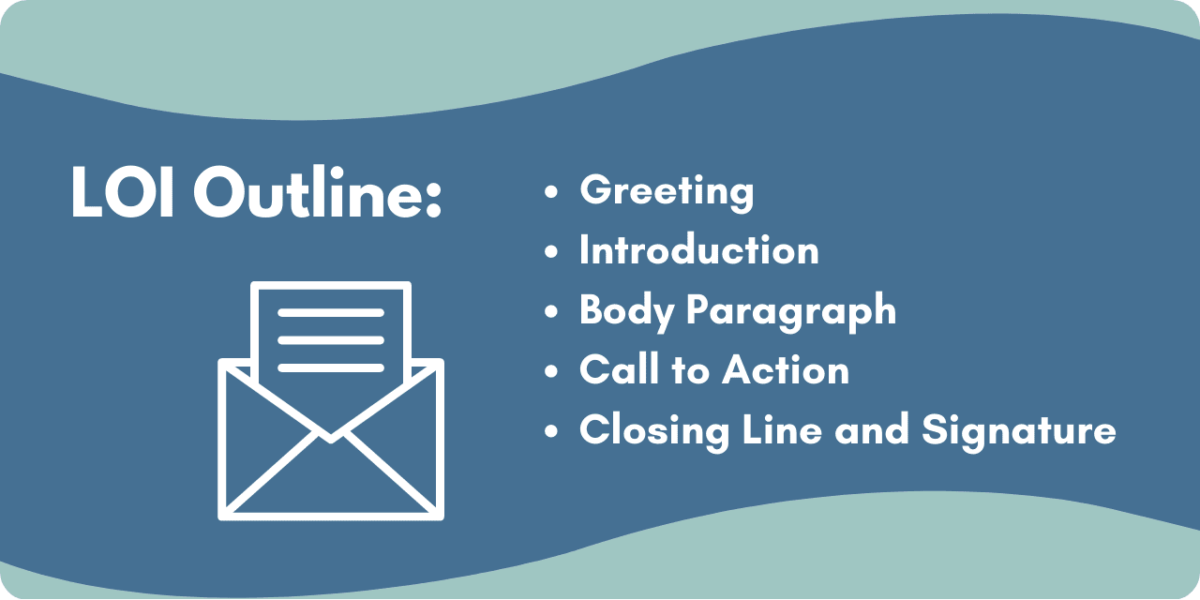
Letter of Intent Template
Dear Mr. Reginald Davis,
My name is Michael Fields, an art teacher with three years of experience at the secondary education level. I have recently moved into the area and am interested in working for Manatee Heights School District. Please consider my employment application.
From my background in education and experience teaching seventh grade at Aloysius Junior High, I understand the value art has for students, giving them an outlet to express their creativity while teaching them how to work independently and with others. I have excellent classroom management skills and easily build rapport with students, providing instructional and fun lessons. As I have three children, I understand the importance of a solid educational foundation.
Your school system embodies the same qualities I hold dear, so I believe we would make an excellent match. I would love to further discuss my qualifications with you. You may reach me at Mfields@email.com or by phone at 555-5555.
I appreciate your time and consideration!
Regards,
Michael Fields
The Bottom Line
Sending out a letter of intent is a great way to put out a few feelers for jobs in your area. Following this template, you are much more likely to get a callback from a candidate employer and give yourself the best chance to land the job you seek.
Remember, if the company does not currently have an opening for a position that fits your talents, they may store your letter in their candidate file if they like what they see in you. If so, you may hear from them when an opening becomes available. The key to success is to remain patient, keep an open mind, and stay vigilant.

